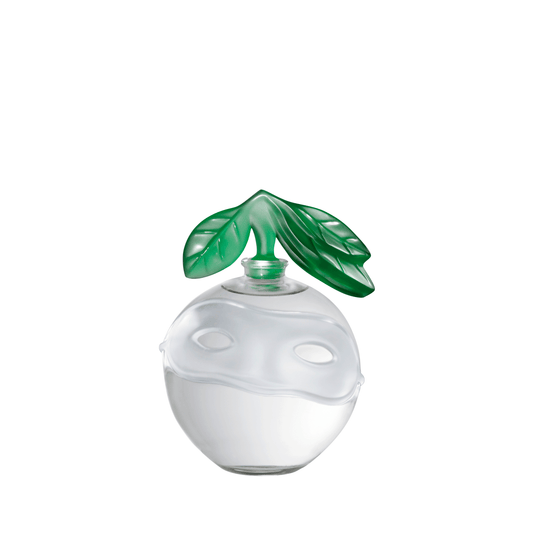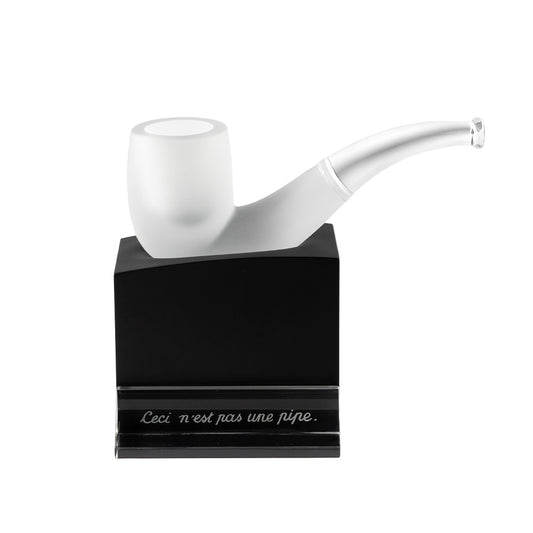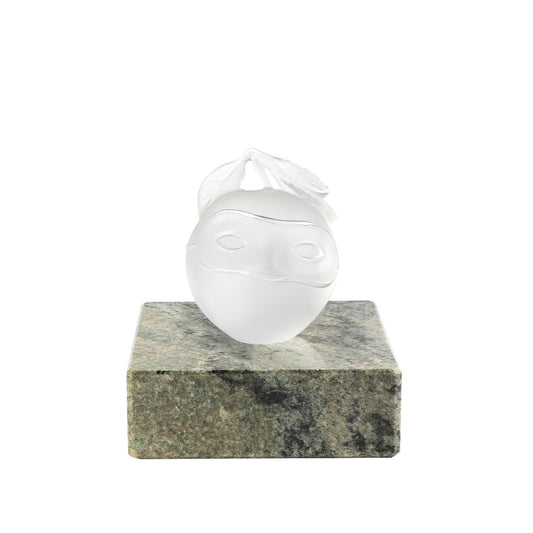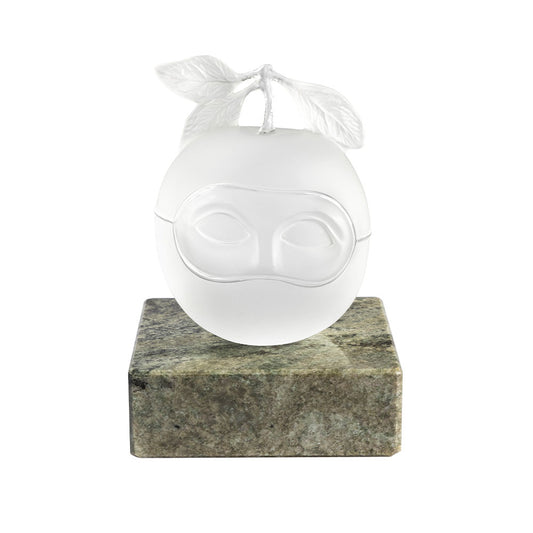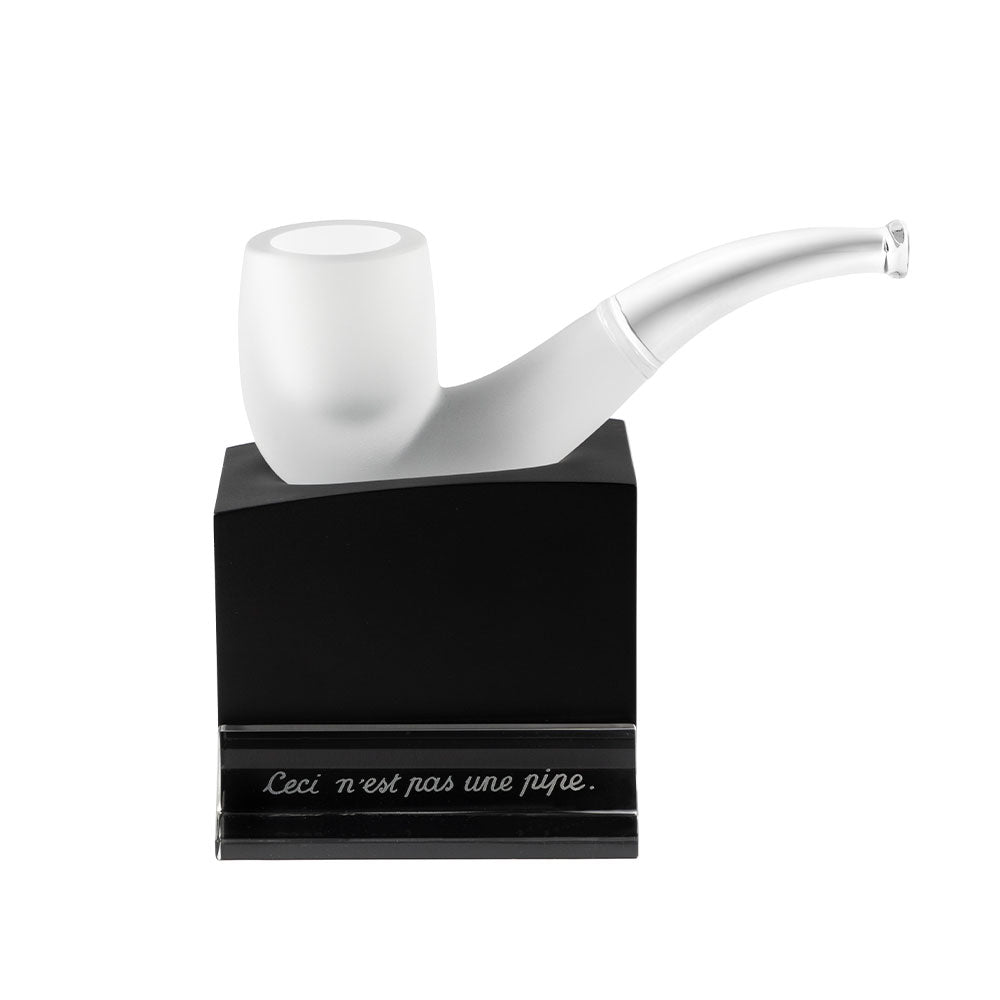
THE COLLABORATION
After a debut influenced by Futurism, he became a founding member of the Brussels Surrealist group in the mid-1920s. When Magritte discovered the works of Giorgio De Chirico, his painting gradually assumed the features which make it immediately identifiable: subjects taken from everyday life, executed in what the painter called “a universal style in which an individual’s obsessions and foibles no longer count”. While the objects are depicted with clarity, the meaning of his compositions defies logic. In his painting, Magritte describes that mystery which he dubbed “the unknowable.” International success came in the USA. From 1947 onwards his paintings were shown regularly in New York. Then, in Paris in 1948, a provocative exhibition of what was called his “cow period” gave Magritte his revenge on the Paris art world which had been so slow to admit his worth. In 1965-1966, a retrospective organized at MoMA in New York and later in other American galleries, attested to the recognition he received in his lifetime, a reputation which has grown constantly since the painter’s death in 1967. Major exhibitions have multiplied while the tributes to his oeuvre bear witness to his enduring influence. With a higher profile than ever before, the images created by Magritte never cease to inspire.
-
La valse hésitation René Magritte and Lalique 2025
Regular price £2,100Regular priceUnit price per -
La Trahison des images, René Magritte and Lalique, 2023
Regular price £2,500Regular priceUnit price per -
Le Prêtre marié, René Magritte and Lalique, 2023
Regular price £2,500Regular priceUnit price per -
Le Prêtre marié - Left Apple, René Magritte and Lalique, 2023
Regular price £15,300Regular priceUnit price per
